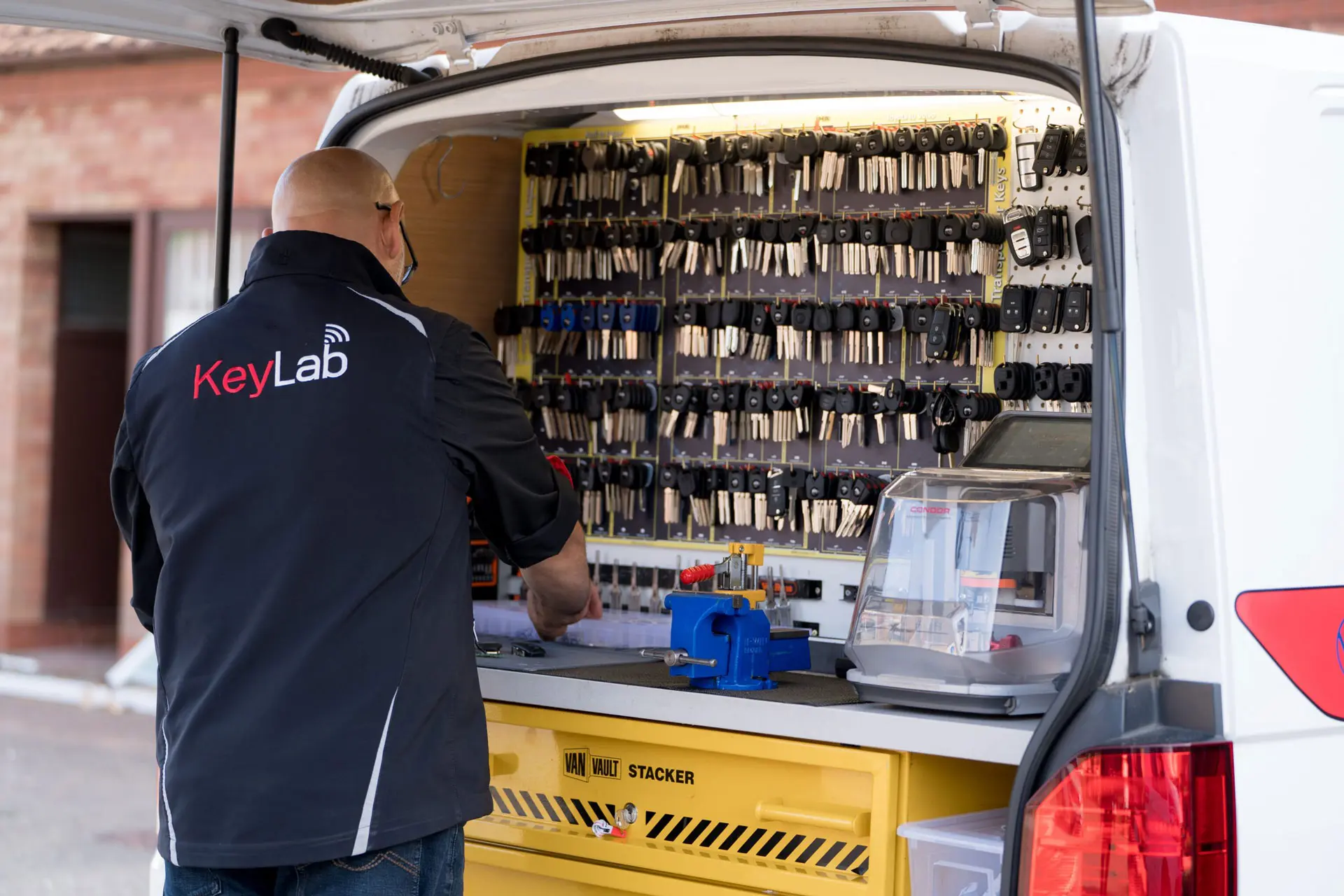car-key-button-repair2960
car-key-button-repair2960
You’ll Never Be Able To Figure Out This Car Key Transponder Programming’s Secrets

Understanding Car Key Transponder Programming
In today’s automotive landscape, the combination of advanced technology has become associated with vehicle security. One of the most substantial developments in this location is the intro of transponder keys. Car key transponder programming is a necessary procedure that ensures automobiles are protected from unauthorized access while providing benefit to owners. This article explores what transponder keys are, how they work, the programming procedure, and responses to some often asked questions.
What is a Transponder Key?
A transponder key is a type of ignition key that contains a small ingrained microchip. This chip interacts with the vehicle’s immobilizer system. Transponder keys are developed to boost vehicle security by avoiding hot-wiring and unauthorized engine starts.
Key Features of Transponder Keys:
- Embedded Microchip: Each key includes a special code that represents the vehicle’s ignition system.
- Immobilizer System: This system recognizes the key’s distinct code and permits the engine to begin just if the appropriate key is utilized.
- Improved Security: Transponder keys are considerably more difficult to duplicate than traditional keys, minimizing the danger of theft.
How Transponder Keys Work
Transponder keys operate on a simple concept of radio frequency identification (RFID). When the key is placed into the ignition or brought near the vehicle, the following sequence takes place:
- Signal Transmission: The vehicle’s ignition system sends a radio signal to the transponder key.
- Code Response: The ingrained chip in the key gets this signal, activates, and sends out back its distinct code.
- Verification: The vehicle’s computer system validates the gotten code. If it matches the kept code, the engine will begin; if not, the engine stays incapacitated.
Advantages of Transponder Technology:
- Improved theft prevention.
- Convenience of keyless vehicle starting (in some systems).
- Decreased costs associated to insurance coverage premiums due to improved security steps.
The Car Key Transponder Programming Process
Programming a car key transponder is a vital action that permits a new key to communicate with the vehicle’s immobilizer system. The procedure can differ based upon the make and model of the car however normally consists of the following actions:
Steps Involved in Transponder Key Programming:
-
Obtain a New Transponder Key: Owners should first obtain a blank transponder key suitable with their vehicle.
-
Access the OBD-II Port: For modern-day lorries, programming usually requires an On-Board Diagnostics (OBD-II) scanner that connects to the OBD-II port.
-
Switch on the Ignition: The ignition needs to be turned to the “On” position without beginning the engine. This allows the system to acknowledge that a brand-new key is to be set.
-
Follow Programming Procedure: Depending on the vehicle, follow the specific programming actions supplied by the producer, usually described in the owner’s manual. This may include pressing particular buttons in a certain order.
-
Evaluate the Key: After programming, it’s vital to check the key by trying to start the engine. If effective, the key is properly configured.
Tips for Successful Programming:
- Consult an expert locksmith or dealer for intricate programming treatments.
- Make sure battery levels in the key fob and vehicle suffice.
- Follow the instructions closely to prevent mistakes.
Typical Issues with Transponder Key Programming
Despite the seemingly uncomplicated process, numerous problems may arise during programming. Below are some common challenges:
- Key Compatibility: Using an incompatible key can result in programming failures.
- Faulty Equipment: A malfunctioning OBD-II scanner may prevent access to the programming menu.
- Weak Key Batteries: Insufficient power in the key fob can interfere with communication.
Frequently Asked Questions (FAQs)
1. Can I set my transponder key myself?
While many automobiles permit DIY programming, some designs require specific devices or software application. If uncertain, it’s finest to consult an expert locksmith or your vehicle dealer.
2. What if I lose my transponder key?
If a transponder key is lost, it’s recommended to get in touch with a certified automotive locksmith or your dealer for a replacement. They can program a brand-new key based on your vehicle’s VIN (Vehicle Identification Number).
3. Just how much does it cost to set a transponder key?
The cost differs extensively, depending on the vehicle make and design, and whether you pick to go through a car dealership or a locksmith. Prices generally vary from ₤ 50 to ₤ 150.
4. What takes place if my transponder key stops working?
If your transponder key stops working all of a sudden, it could be due to a dead battery or issues with the vehicle’s immobilizer system. It’s suggested to have both the key and the vehicle inspected by an expert.
5. How often should I replace transponder key batteries?
Transponder key batteries ought to be replaced every 2 to 3 years, though this can vary based on usage. Signs of a dying battery consist of difficulty starting the vehicle or the key fob not working at all.

Car key transponder programming is a crucial procedure for contemporary vehicle security and benefit. Comprehending how transponder keys function and how they are programmed can empower vehicle owners to handle their vehicle security efficiently. As innovation continues to evolve, remaining informed about these developments will assist owners safeguard their possessions and ensure their vehicles run efficiently.
Summary Table: Key Features of Transponder Keys
| Function | Description |
|---|---|
| Embedded Microchip | Includes an unique code for vehicle recognition |
| Immobilizer System | Prevents unauthorized engine starts |
| Enhanced Security | Challenging to duplicate compared to standard keys |
With advancements in technology, the significance of understanding and effectively handling car key transponder systems can not be overemphasized. Improved vehicle security not only secures your financial investment but also ensures peace of mind on the roadways.


